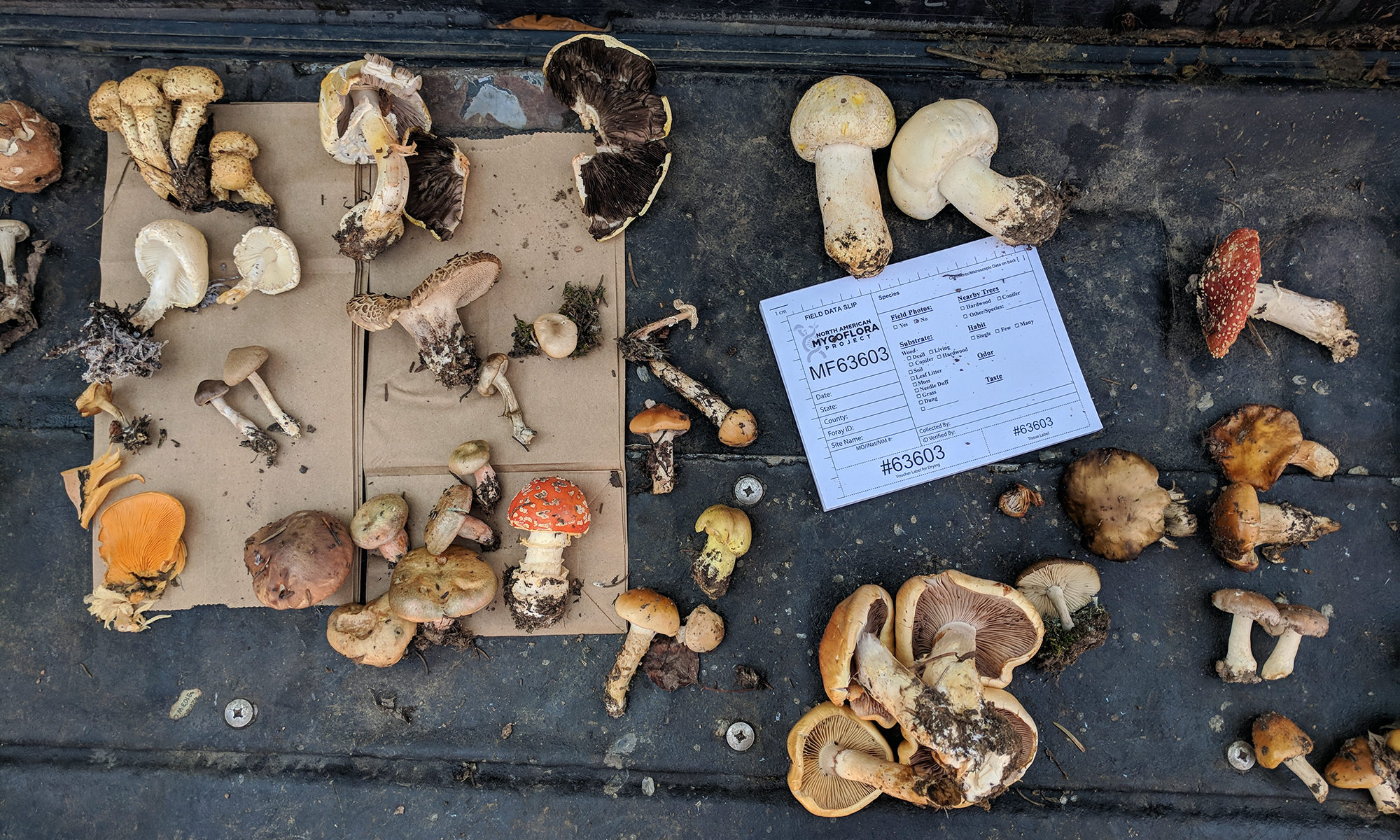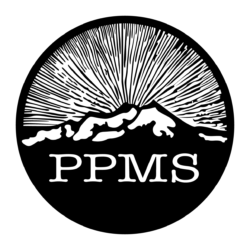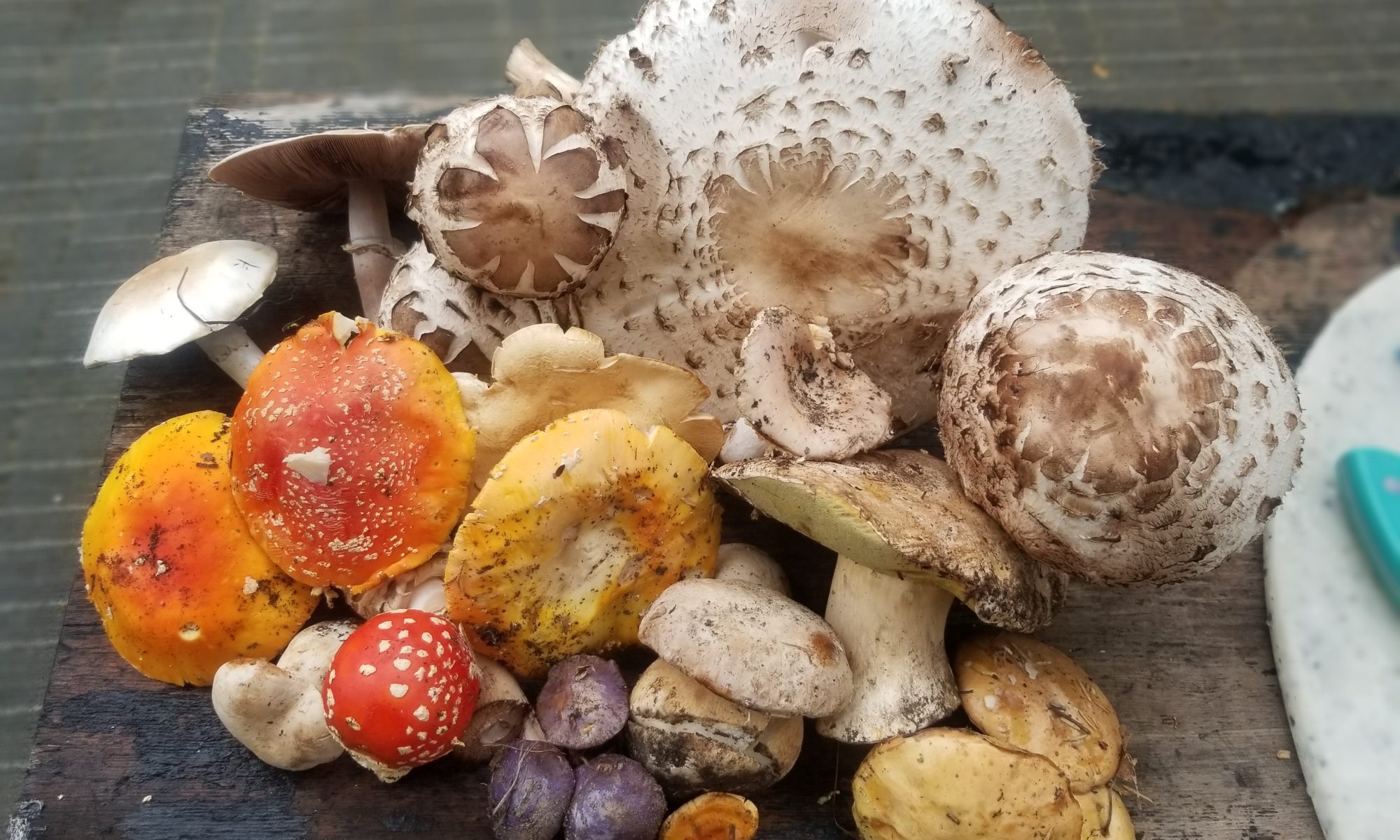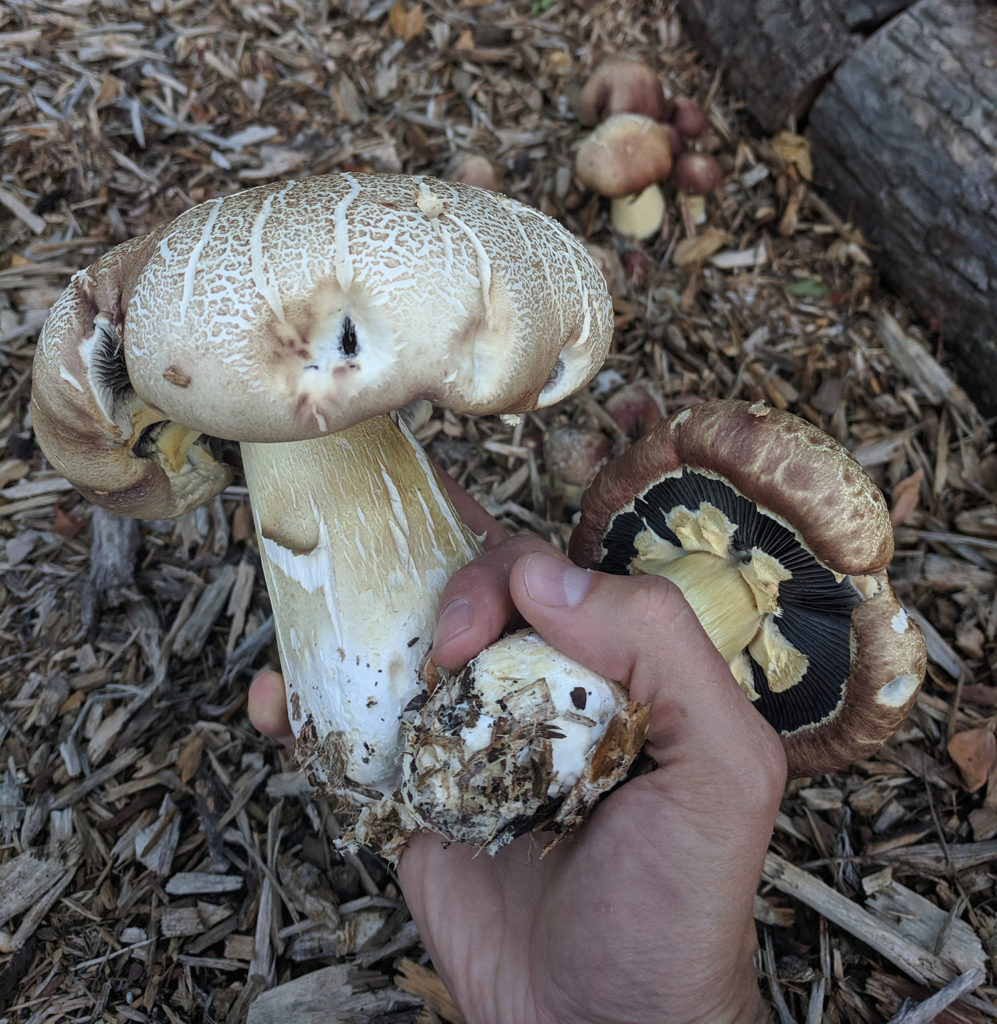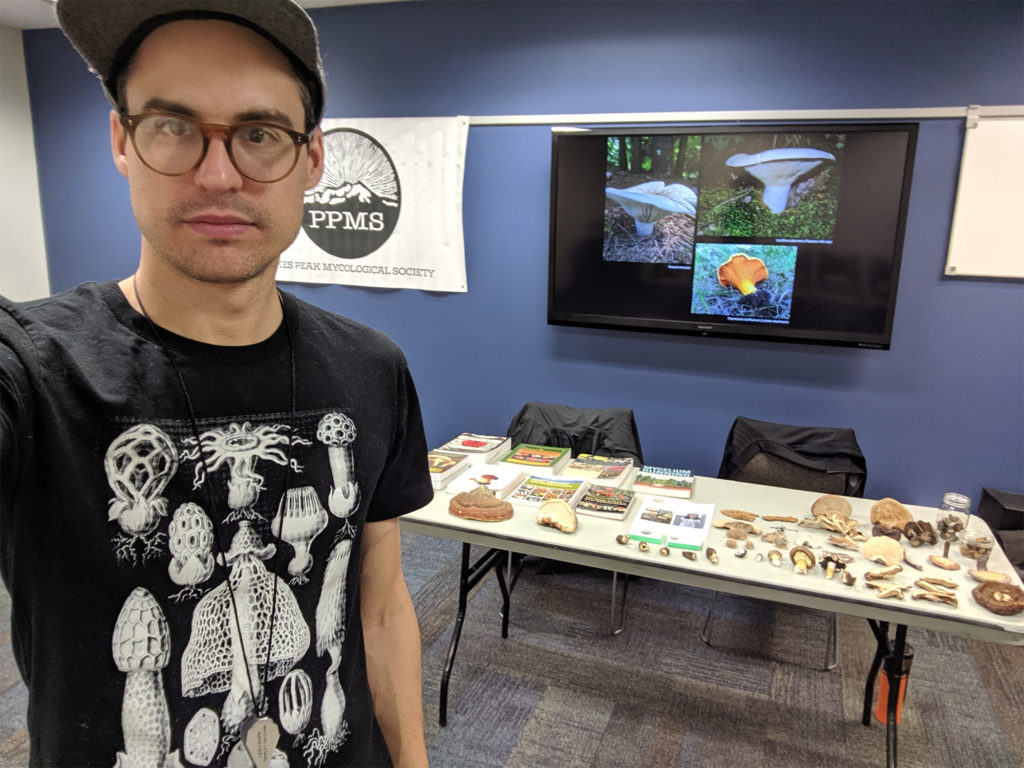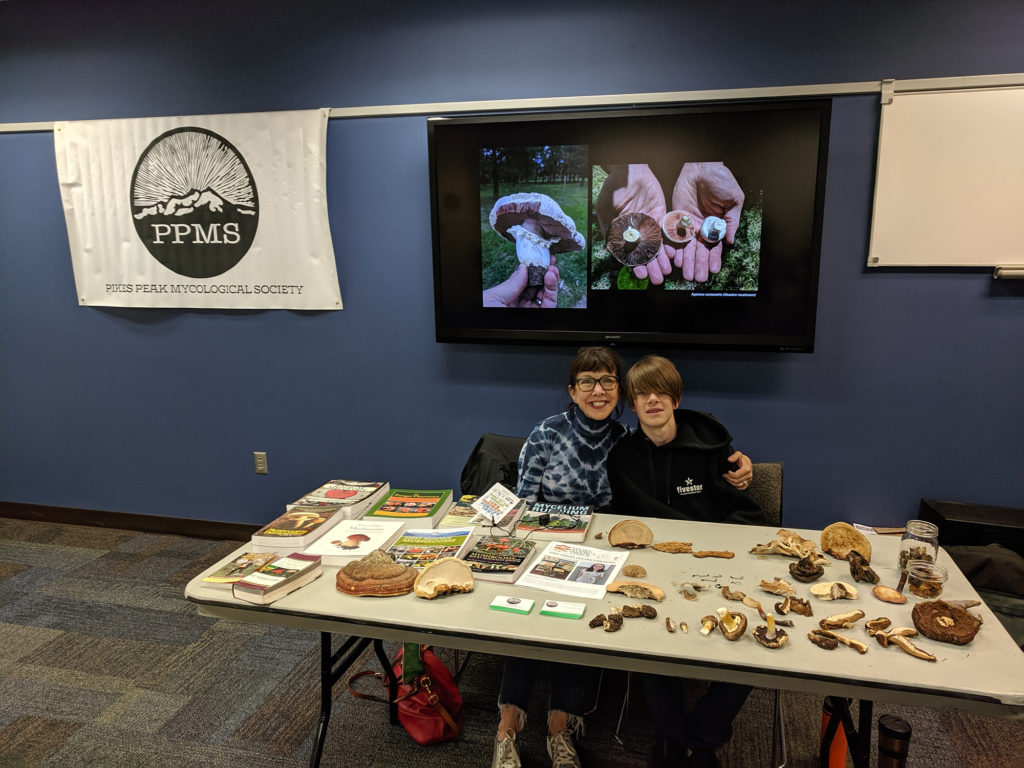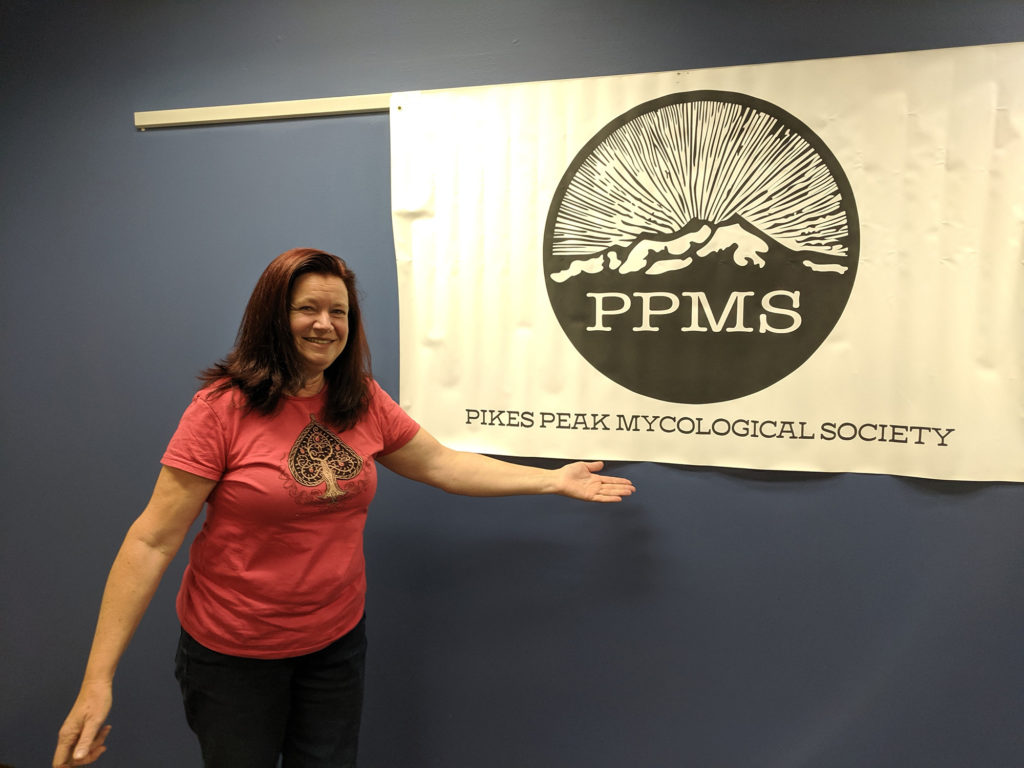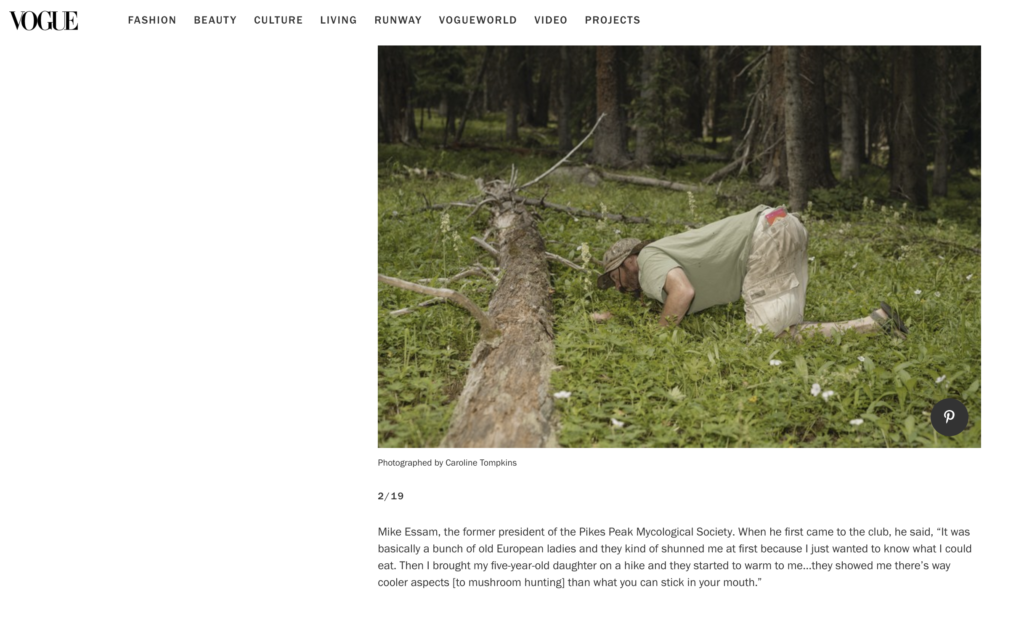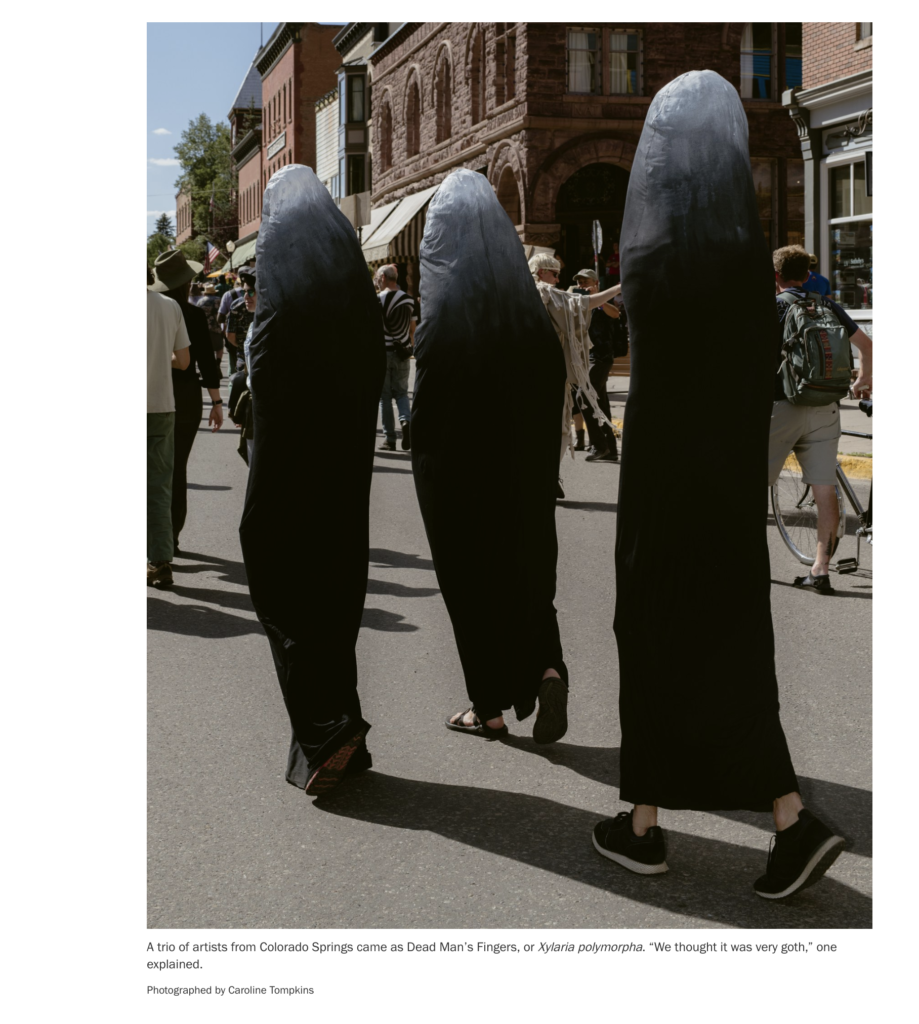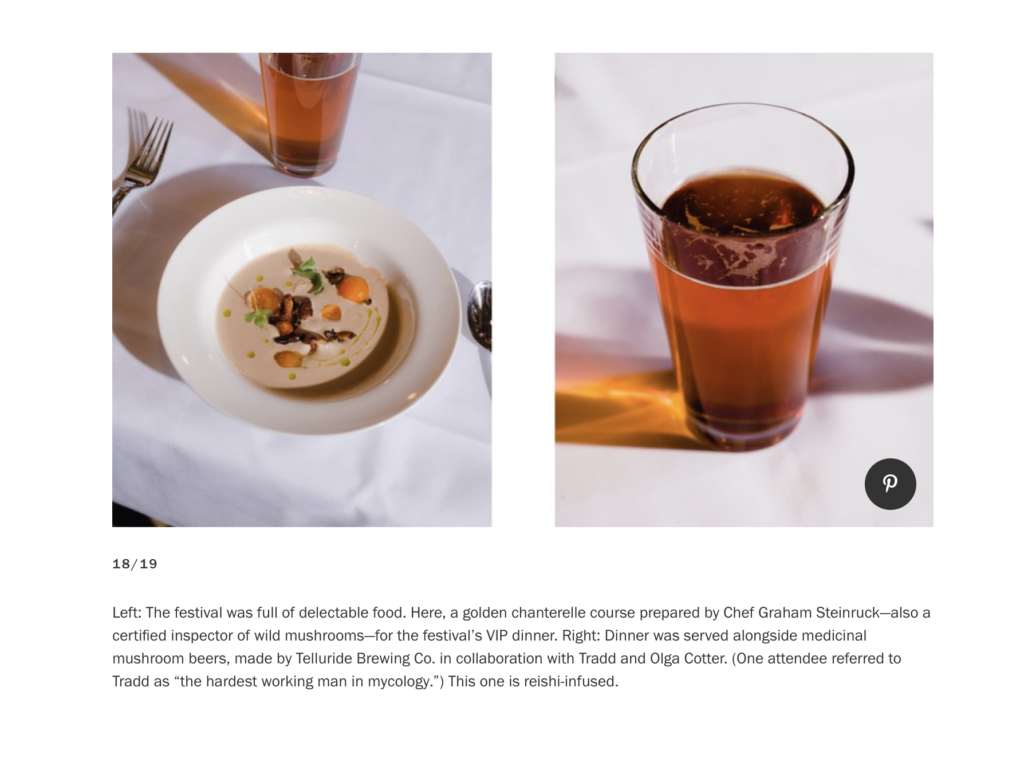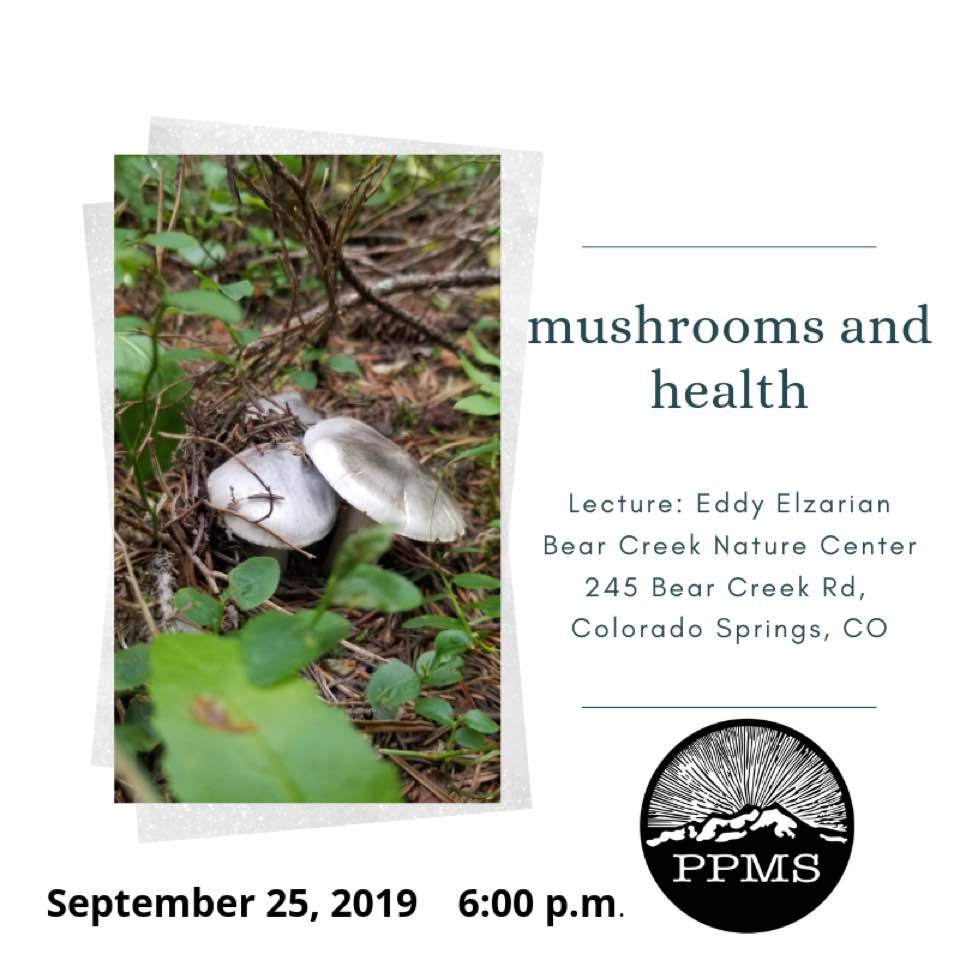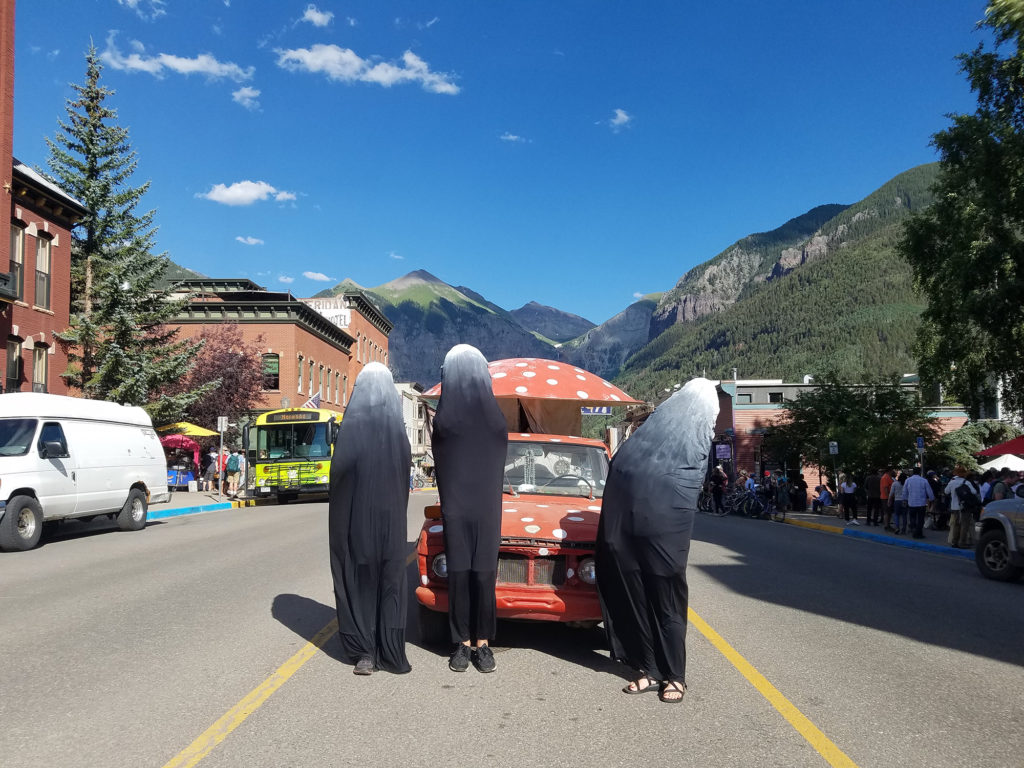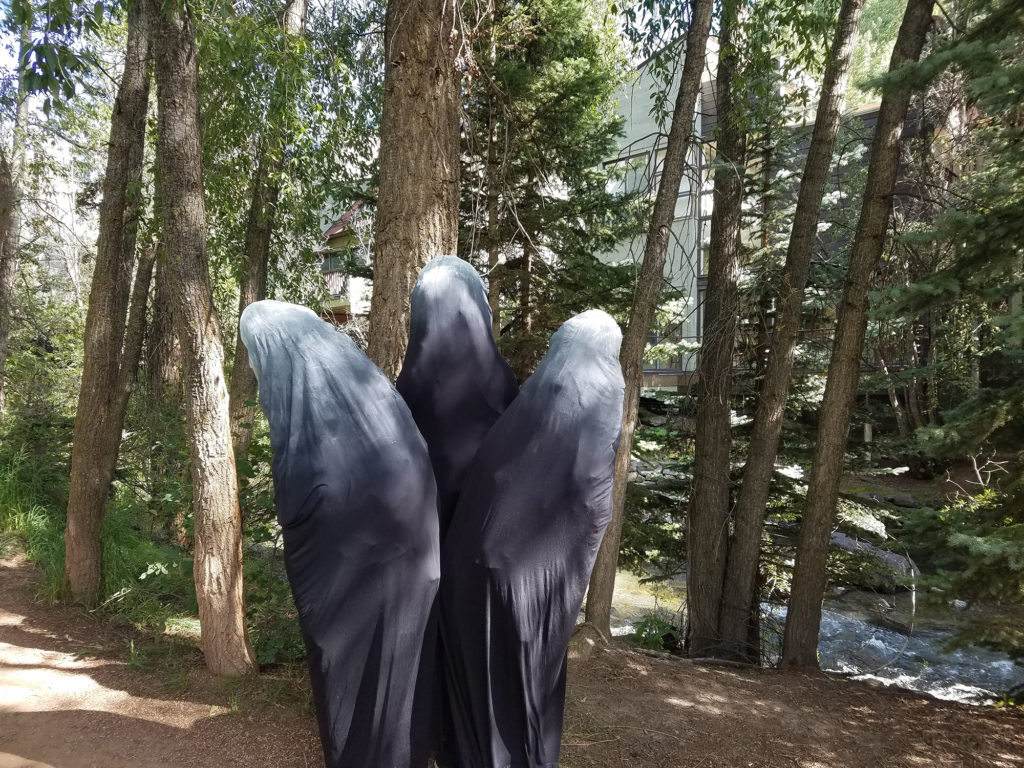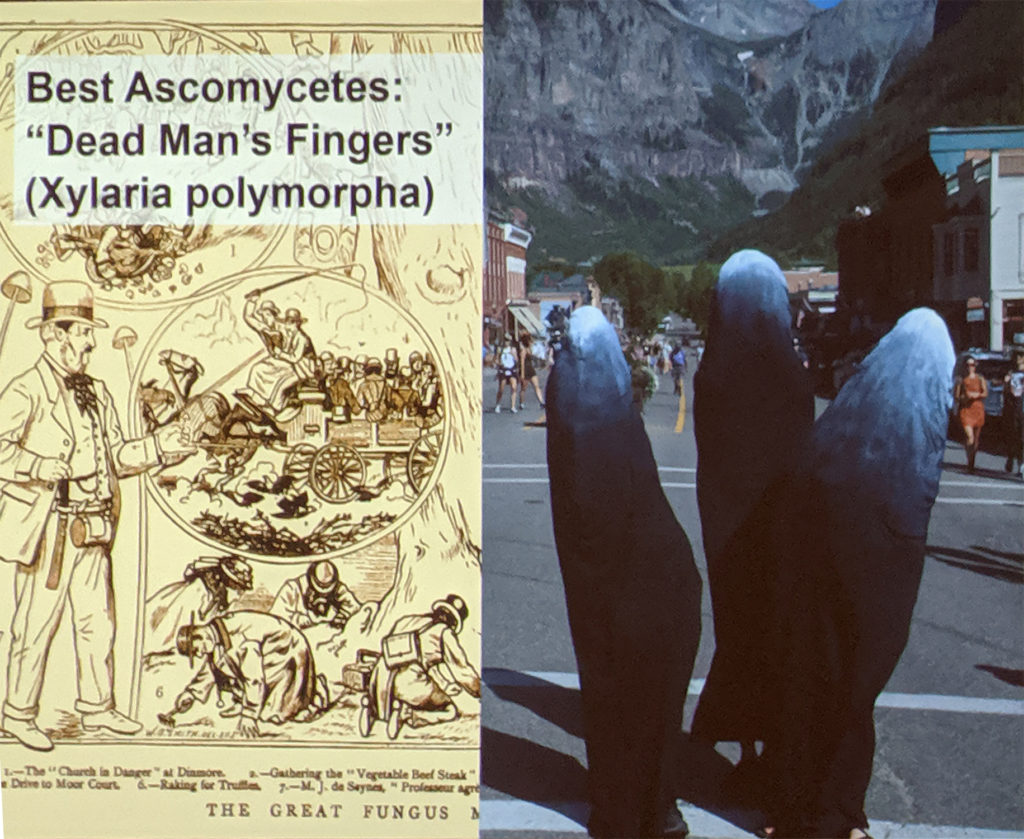Friends,
From the board members of the Pikes Peak Mycological Society, We hope you stay safe and healthy during this challenging time. Our thoughts go out to all those who have been affected by COVID-19. Now, more than ever, we must band together (at a safe distance!) and stand strong. We must be kind to one another and help those that might be suffering or who are in a high-risk group.
As of today, March 19, 2020, we are still planning to have our first meeting, scheduled for April 22 at the Bear Creek Nature Center. We will be recording the meeting and will make it available to those that cannot attend. If there are any changes, we will email our members and post an update on this website. Your health and safety are our first priority and we will act accordingly depending on how this crisis evolves. We appreciate your support and understanding.
We know that the people in our local community are some of the kindest, most generous and caring folks in the world. If you have extra items that you wish to donate to help someone who needs it, or if you are in need of something, please contact us at info@pikespeakmyc.org. Together, we will overcome this. After all, 2020 looks to be a record year for mushrooms!
Thank you and stay healthy!
